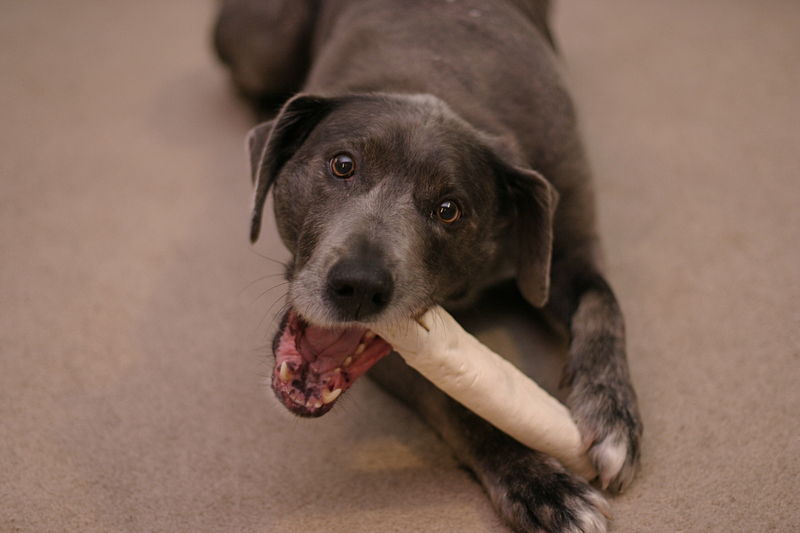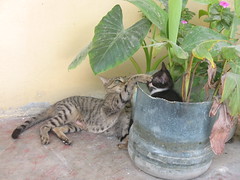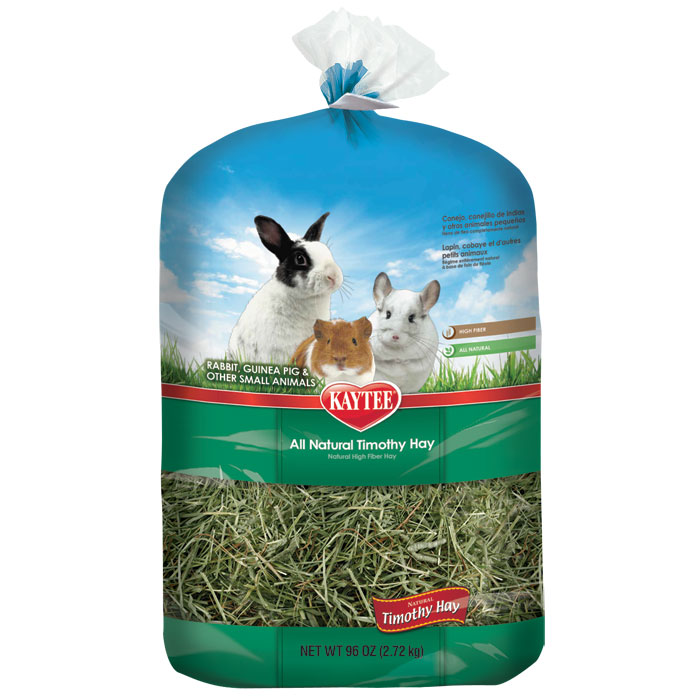 Offering your pet a sweet or savory treat seems like it would be a simple gesture of affection, but with so many treats and chews to choose from sometimes it can be rough to find the right one to buy. If you’re fortunate enough to be able to take your pet inside your local pet store to pick out his or her own favorites you’re a step ahead, but if you’re on your own while shopping it may be a little tougher to navigate to the the right products. Here is a brief description of some of the best dog treats and chews and why they may or may not suit your pet. Please remember that no matter what tasty tidbit you offer your pet, observe them closely to make sure they’re enjoying their snack safely.
Offering your pet a sweet or savory treat seems like it would be a simple gesture of affection, but with so many treats and chews to choose from sometimes it can be rough to find the right one to buy. If you’re fortunate enough to be able to take your pet inside your local pet store to pick out his or her own favorites you’re a step ahead, but if you’re on your own while shopping it may be a little tougher to navigate to the the right products. Here is a brief description of some of the best dog treats and chews and why they may or may not suit your pet. Please remember that no matter what tasty tidbit you offer your pet, observe them closely to make sure they’re enjoying their snack safely.
Chances are you know your pet better than anyone, so you probably have a good idea what they might like and what will be appropriate to offer. Your dog may already show an affinity for certain flavors or textures, or he may have some habits or behaviors that need to be considered while you shop. For example, if your dog is a strong chewer, you’ll want something that doesn’t break or splinter. If your dog is a little “chunky” low calorie snacks may be just the ticket. Small breed and senior pets may only want bite-sized, soft or chewy products that are easy to break apart. It may even be possible your pet has some medical issue, sensitive stomach, allergies, dry skin, ect. that steer you towards supplemented or specially formulated creations. Read More »
 That Pet Blog That Pet Place Pet Blog
That Pet Blog That Pet Place Pet Blog




 For those of you following this blog, you may have read some of my previous posts about Gatsby, my incredibly destructive, adopted German Shepherd mix. I’d like to share some of the techniques I used to help curb Gatsby’s destructive tendencies.
For those of you following this blog, you may have read some of my previous posts about Gatsby, my incredibly destructive, adopted German Shepherd mix. I’d like to share some of the techniques I used to help curb Gatsby’s destructive tendencies.
 When we left off
When we left off  Kongs – I started out using empty marrow bones as makeshift
Kongs – I started out using empty marrow bones as makeshift 
